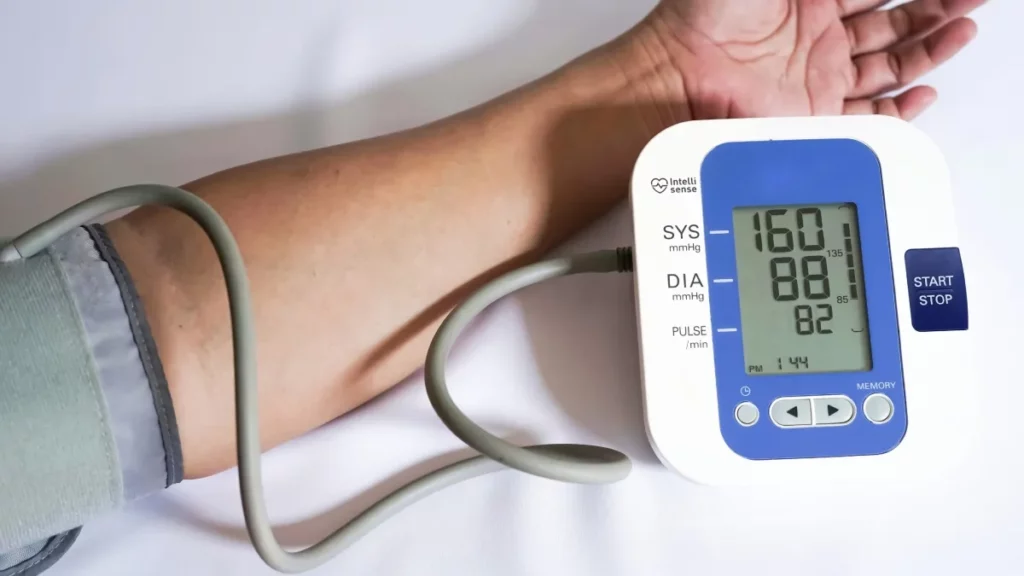
Understand the difference between PMS and PMDD. Learn about causes, symptoms, treatment options, and more to better manage these common women’s health issues.
Every woman’s experience of her menstrual cycle is different. Some feel just a little off—tired, bloated, maybe more emotional. Others feel completely undone in the days leading up to their period. And it’s here that the distinction between PMS and PMDD matters. These are not just different points on a scale—they are entirely different experiences.
More than mood swings
According to Dr Sindura Ganga R, Consultant – Obstetrics, Gynaecology and Laparoscopic surgeon, Centre for Women and Child Health, Arete Hospitals, PMS, or premenstrual syndrome, affects a large number of women. It may involve physical discomfort, low energy, and emotional changes, but most carry on with their lives. It’s unpleasant, sometimes frustrating, but usually manageable with rest, mild changes in routine, or some dietary tweaks.
PMDD—premenstrual dysphoric disorder—is far less common but far more disruptive. Women who live with it often find themselves overwhelmed by emotions they can’t explain. Sadness might turn into hopelessness. Simple tasks might feel impossible. This isn’t just “bad PMS.” It affects how a person functions, relates, and copes.
What’s going on inside?
The body’s hormones shift as part of every cycle, but in some cases, it’s the brain’s sensitivity to those shifts—not the hormones themselves—that creates trouble. When that sensitivity is high, it can unsettle chemicals like serotonin, and that’s often when emotional symptoms become harder to control. The result is a pattern that repeats every month, often with the same force.
There’s also a genetic side to this. A woman with a history of depression, anxiety, or trauma may be more likely to develop PMDD. The environment plays a role too, but it’s the biological reaction that sets it apart.
When to take it seriously?
The timing of symptoms is a key clue. If feelings of despair, anger, or anxiety appear in the days before menstruation and ease within a few days of it starting, PMDD might be the cause. It’s not the same as clinical depression, though the two can look similar at first.
Doctors usually ask patients to track their symptoms over two or more cycles. Patterns matter. Some tests may be done to rule out thyroid problems or hormonal imbalance, but diagnosis is mostly clinical—based on history and timing.
What helps in treating?
Treatment depends on severity. For PMS, lifestyle changes are often enough—regular sleep, physical activity, and stress reduction can make a noticeable difference.
For PMDD, medication is often needed. SSRIs (a type of antidepressant) have shown good results, and in some cases, they’re only needed during the second half of the cycle. Some women respond to hormonal treatments that reduce monthly fluctuations. In more persistent cases, additional therapies, including cognitive behavioural therapy, may help in managing stress and emotional shifts.
Every woman responds differently. What works for one may not help another. That’s why treatment must be personalised and adjusted over time.
Why it’s often missed?
Too often, menstrual struggles are brushed aside. Women are told to push through, to “not be so sensitive”, or to accept it as part of being female. This attitude delays diagnosis and leaves many dealing with avoidable distress.
PMDD deserves recognition. It has clear diagnostic criteria. It affects relationships, work, and self-esteem. And most importantly, it’s treatable.
A path toward relief
Understanding the line between PMS and PMDD is more than a medical distinction. It can change how a woman sees her own experience. If symptoms feel too heavy, if they disrupt life consistently each month, it’s not something to ignore. With the right help, the cycle can become something manageable—rather than something feared.
Disclaimer: Tips and suggestions mentioned in the article are for general information purposes only and should not be construed as professional medical advice. Always consult your doctor or a dietician before starting any fitness programme or making any changes to your diet.